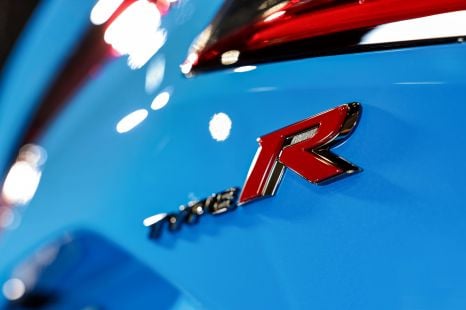

Damion Smy
Honda Prelude Type R ruled out... for now
5 Hours Ago
The new Mercedes-Benz eSprinter has travelled 475km on a charge in the real world, ahead of a planned 2024 Australian launch.

Senior Contributor
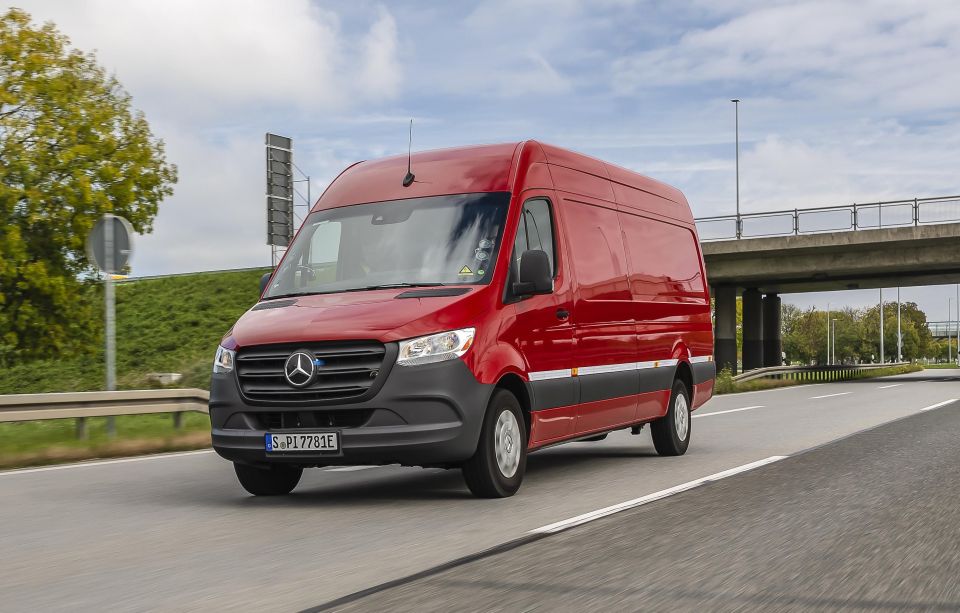

Senior Contributor
An all-electric, pre-production version of the next-generation Mercedes-Benz Sprinter van has covered an impressive 475km on a charge in final-stage testing, with a few miles to spare.
The battery-powered big van will make its world premiere in February 2023 and is confirmed for an Australian arrival “in or around 2024”.
The test route led from the Mercedes-Benz Museum in Stuttgart to Munich Airport, and back again, with an efficiency of 21.9kWh per 100km – confirmed by a TÜV Süd inspector.

“This despite the fact that the route is extremely demanding in terms of fuel consumption due to the high proportion of motorways and the climb up the Swabian Jura,” Mercedes-Benz Vans added.
That said, the new Mercedes-Benz eSprinter will be launched with three different battery sizes, and naturally this pre-production vehicle had the largest of the three variants – but was also a less aerodynamic extra-long model with a high roof.
The distanced travelled here and the economy result suggests a battery pack with around 110kWh capacity in top-spec guise.
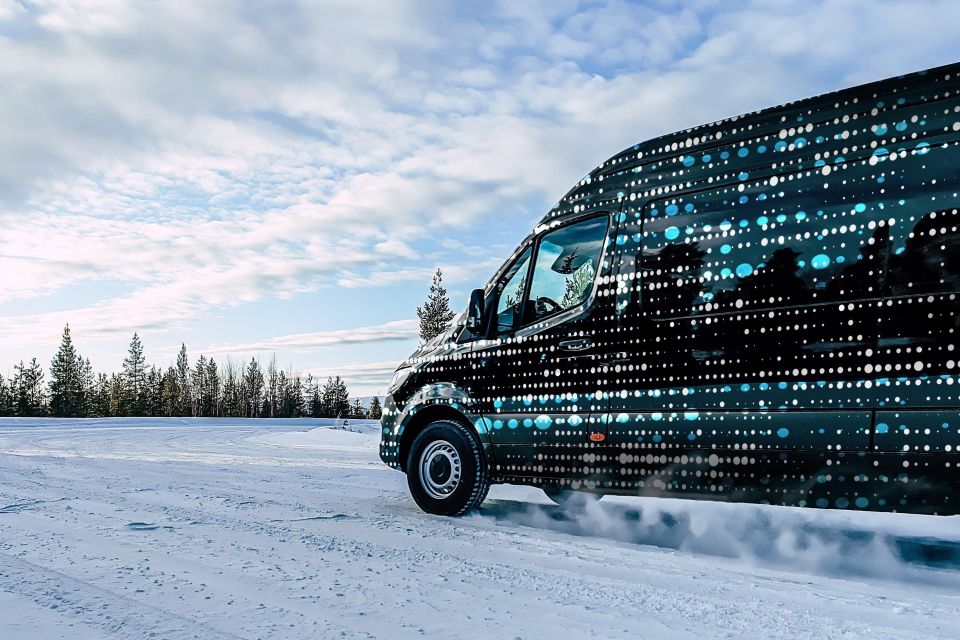
The lowest section of the largely motorway 475km route was 210 metres above sea level and the highest 785 metres above sea level. Upon arrival, the instrument cluster showed a remaining range of about another 20 kilometres, meaning 500km seems possible.
To give this a little more context, when the current-generation eSprinter launched in December 2019 it claimed peak efficiency of 32.5kWh per 100km and 168km of range.
Mercedes-Benz Vans previously teased its next-generation electric full-sized van undergoing winter testing in Sweden at temperatures as low as -30°C, during early 2022.
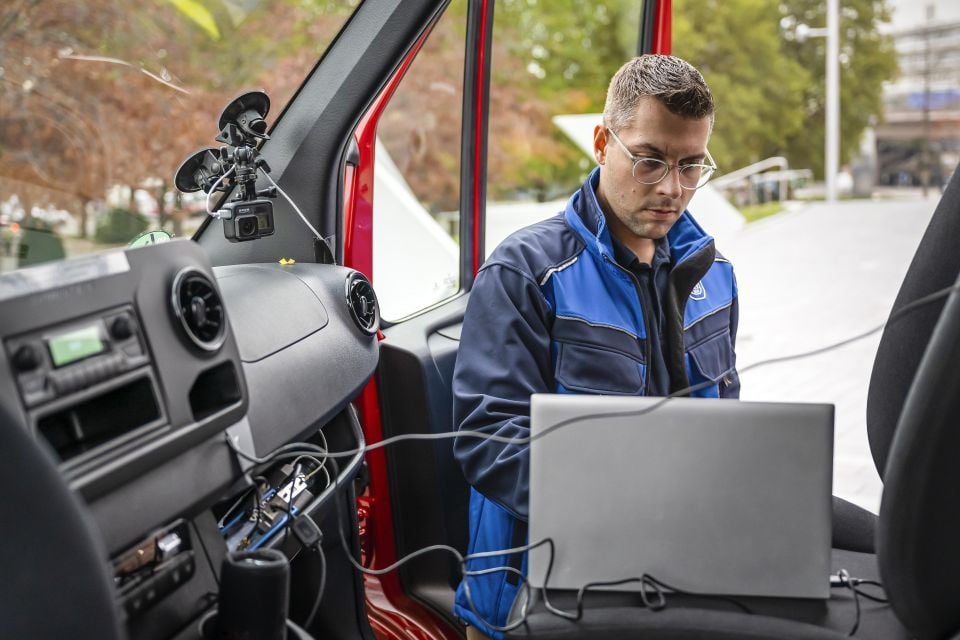
When the eSprinter arrives in 2024, it will join the mid-sized eVito panel van, eVito Tourer and EQV people-mover which are rolling into showrooms this year.
There are numerous electric vans on the radar for the Australian market, though the only ones currently on sale are the (soon-to-be-replaced) Renault Kangoo ZE and just-launched LDV eDeliver 9 which rivals the Mercedes-Benz Sprinter in size terms, and has 280km max range.
The Ford E-Transit (early 2023) and Renault Master E-Tech (2024) are also on their way.
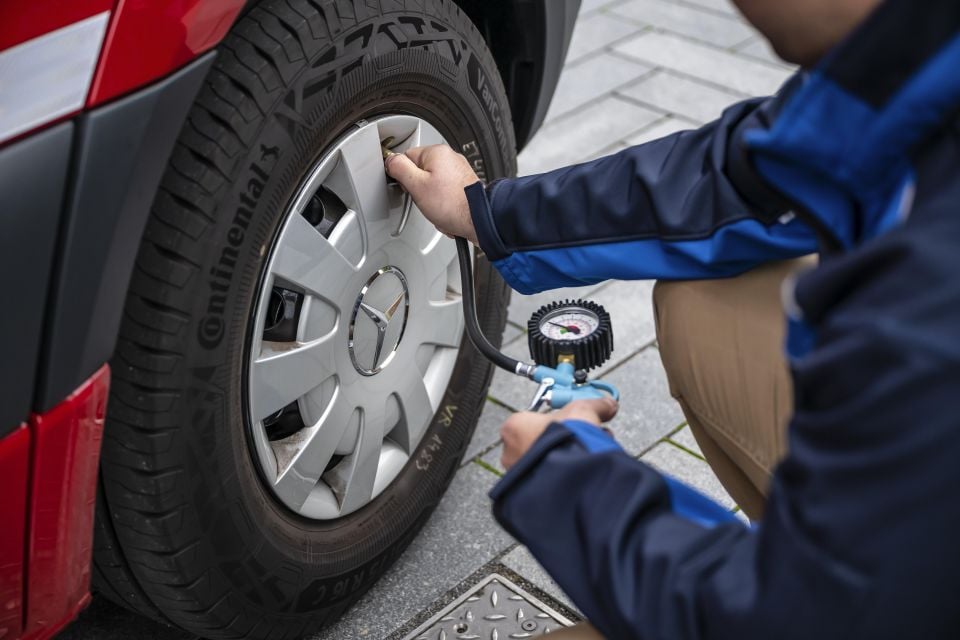
Mercedes-Benz previously claimed to have worked with stakeholders like courier and parcel services to determine what’s required from the next-generation van.
It invested around €350 million (~A$540 million) in the next-generation van, which will be made available in more markets than ever before including the US and North America.
A claimed €50 million (~A$77 million) has been spent adapting the three aforementioned factories to accommodate the eSprinter. The company says production will be CO2 neutral.
Mercedes-Benz has now revealed or released electric versions of its entire van line-up, including the Citan and T-Class siblings not sold here.
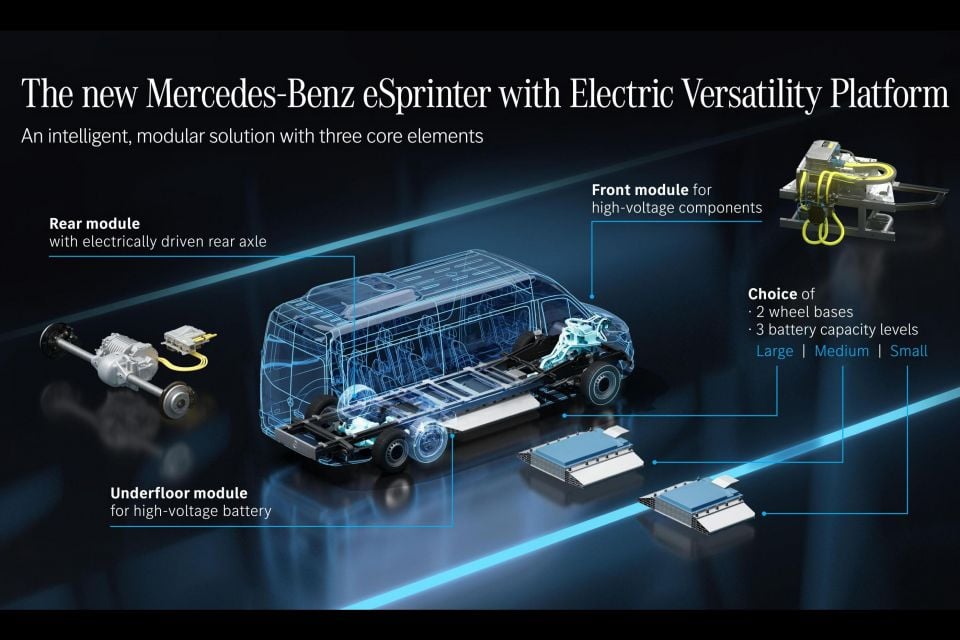
From 2025, all new Mercedes-Benz architectures will be electric as the brand plans to be fully EV by the end of the decade “wherever market conditions allow”.
That means there’s a new, dedicated EV architecture for the company’s vans. Called VAN.EA, it’ll be launched “from the mid-2020s”.
Where expert car reviews meet expert car buying – CarExpert gives you trusted advice, personalised service and real savings on your next new car.


Damion Smy
5 Hours Ago


Damion Smy
7 Hours Ago


Damion Smy
9 Hours Ago


Matt Robinson
11 Hours Ago


Damion Smy
11 Hours Ago


Damion Smy
1 Day Ago